The Discovery That Changed History
In 1972, construction workers digging near the coastal city of Varna, Bulgaria, stumbled upon what would become one of the most astonishing archaeological discoveries in human history — the Varna Necropolis. Hidden beneath the soil for over 6,500 years, this burial site unveiled treasures that predate the Egyptian pyramids by more than a millennium. Among hundreds of graves, archaeologists uncovered the oldest processed gold in the world, a find that would forever alter our understanding of prehistoric Europe.
A Civilization Ahead of Its Time
Dating between 4,600 and 4,200 BC, the Varna Necropolis belonged to an advanced Chalcolithic (Copper Age) culture that flourished along the Black Sea coast. Before this discovery, scholars believed that complex social hierarchies, organized trade, and metallurgy were the inventions of later civilizations like Sumer or Egypt. Yet, the Varna find revealed that Europe’s first sophisticated society had already emerged in what is now Bulgaria — centuries earlier than anyone imagined.
Excavations revealed more than 300 graves, but one stood above all others: Grave 43, belonging to a man buried with unimaginable wealth and ritual significance.
The Tomb of the Golden King
Inside Grave 43 lay the skeleton of a man aged between 40 and 45 years, approximately 1.7 meters tall, whose burial was unlike anything ever seen from prehistory. He was interred with over 1.5 kilograms of gold — more than the total amount of gold discovered from all other sites of that era combined.
Surrounding his remains were gold necklaces, bracelets, rings, scepters, and masks, all crafted with extraordinary precision. The man’s right hand held a golden staff or scepter, symbolizing authority, while intricate gold jewelry adorned his chest and limbs. Some items were purely ceremonial, suggesting he held a position not just of wealth, but of sacred power — a ruler-priest, perhaps the earliest known in European history.
The World’s Oldest Gold
The craftsmanship of the Varna treasure astonished experts. The gold pieces were created using advanced techniques — hammering, casting, and polishing — long before the development of complex metallurgy elsewhere. The collection included more than 3,000 gold artifacts, weighing a total of 6 kilograms, representing the earliest known example of metalworking in human civilization.
Each item told a story:
- Golden scepters symbolized political power and spiritual authority.
- Necklaces and diadems displayed social prestige and artistic refinement.
- Masks and decorative plates reflected ritual and funerary customs of a culture that honored its dead with reverence.
The sheer amount of gold, along with finely crafted copper tools, ceramics, and stone ornaments, revealed that the people of Varna were not simple farmers — they were part of an organized, wealthy society, built upon trade, craftsmanship, and spiritual belief.
A Society Built on Wealth and Hierarchy
The graves of the Varna Necropolis were not equal. Some contained vast riches, while others held little more than pottery. This disparity marked the first evidence of social inequality in European history. The man in Grave 43 was likely a chieftain, priest, or proto-king — someone whose authority extended across trade routes connecting the Black Sea with regions as far as the Mediterranean and the Near East.
Archaeologists have also uncovered empty symbolic graves, known as cenotaphs, containing only gold ornaments or ritual items — possibly offerings to ancestors or deities. This suggests that the people of Varna practiced elaborate spiritual rites, linking death, rebirth, and cosmic order in a belief system thousands of years older than Greek mythology or Egyptian religion.
The Lost Civilization of Varna
The Varna culture thrived during the Copper Age but eventually vanished around 4,200 BC. Scholars believe a combination of climate change, invasions, or resource depletion may have contributed to its decline. Yet, its legacy lived on — influencing later cultures and laying the foundation for Europe’s early civilizations.
Trade routes from Varna carried copper, gold, and crafted goods across the ancient world, connecting it to Mesopotamia, Anatolia, and even the Aegean. This network of exchange made the Varna people some of the earliest global traders in history.
Rediscovering the Golden King
For decades, the treasures of Varna remained relatively unknown outside Bulgaria. But recent exhibitions and studies have placed this discovery at the forefront of world archaeology. The “Golden King” — as the man in Grave 43 is now known — represents not just an individual, but a turning point in human history: the moment when society began to organize itself into classes, when leaders emerged, and when humanity first learned to shape gold not just as ornament, but as symbolic power.
As Professor Ivan Ivanov, the archaeologist who led the original excavation, remarked:
“The man in Grave 43 was not just buried — he was immortalized. His gold speaks across the ages, telling us that civilization’s roots run deeper and older than we ever dared to imagine.”
The Legacy of Varna
Today, the Varna Archaeological Museum proudly displays these ancient treasures — delicate earrings, ceremonial vessels, and gold-decorated masks that gleam beneath the glass as though untouched by time. Visitors from around the world come to witness the birth of hierarchy, craftsmanship, and human ambition.
The Varna Necropolis remains one of archaeology’s greatest revelations — a bridge between prehistory and civilization, between myth and reality. It stands as a reminder that the dawn of leadership, wealth, and ritual began not in the empires of the East, but on the shores of the Black Sea, in a forgotten kingdom of gold.
Sources:
- National Geographic – “The Varna Necropolis: The World’s Oldest Gold”
- Smithsonian Magazine – “Europe’s First Civilization Unearthed in Bulgaria”
- BBC News – “Archaeologists Discover World’s Oldest Gold in Varna”
- The Guardian – “The Golden King of Varna: A Forgotten Chapter of Human Civilization”
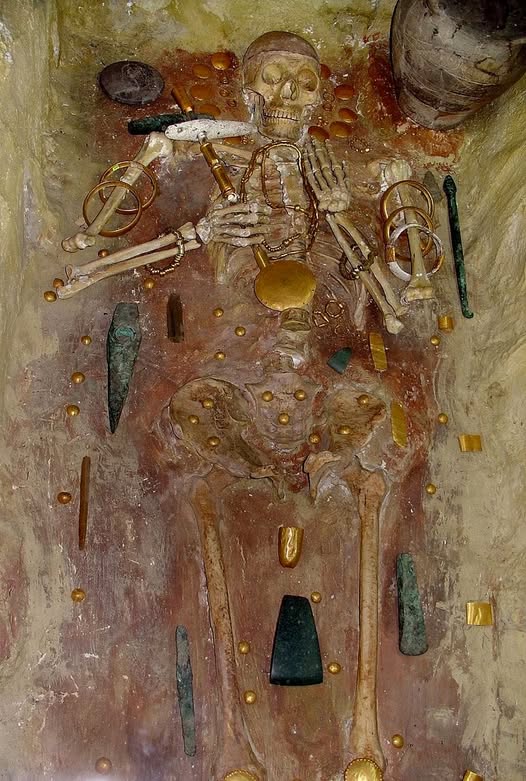


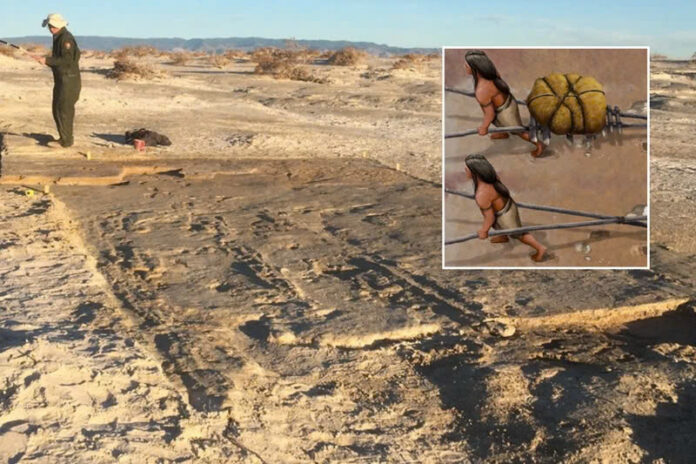
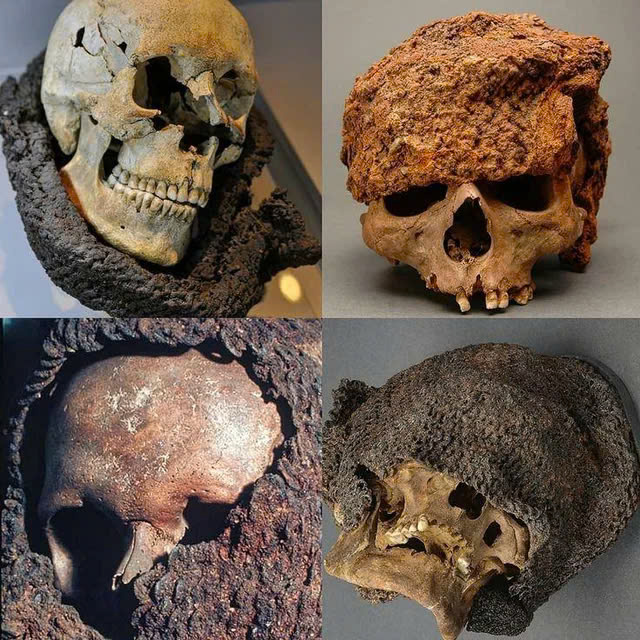

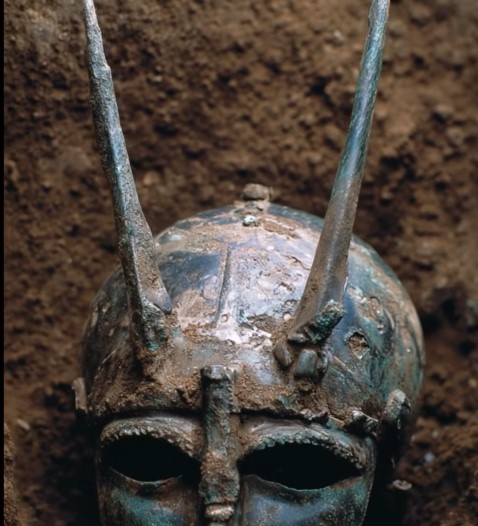


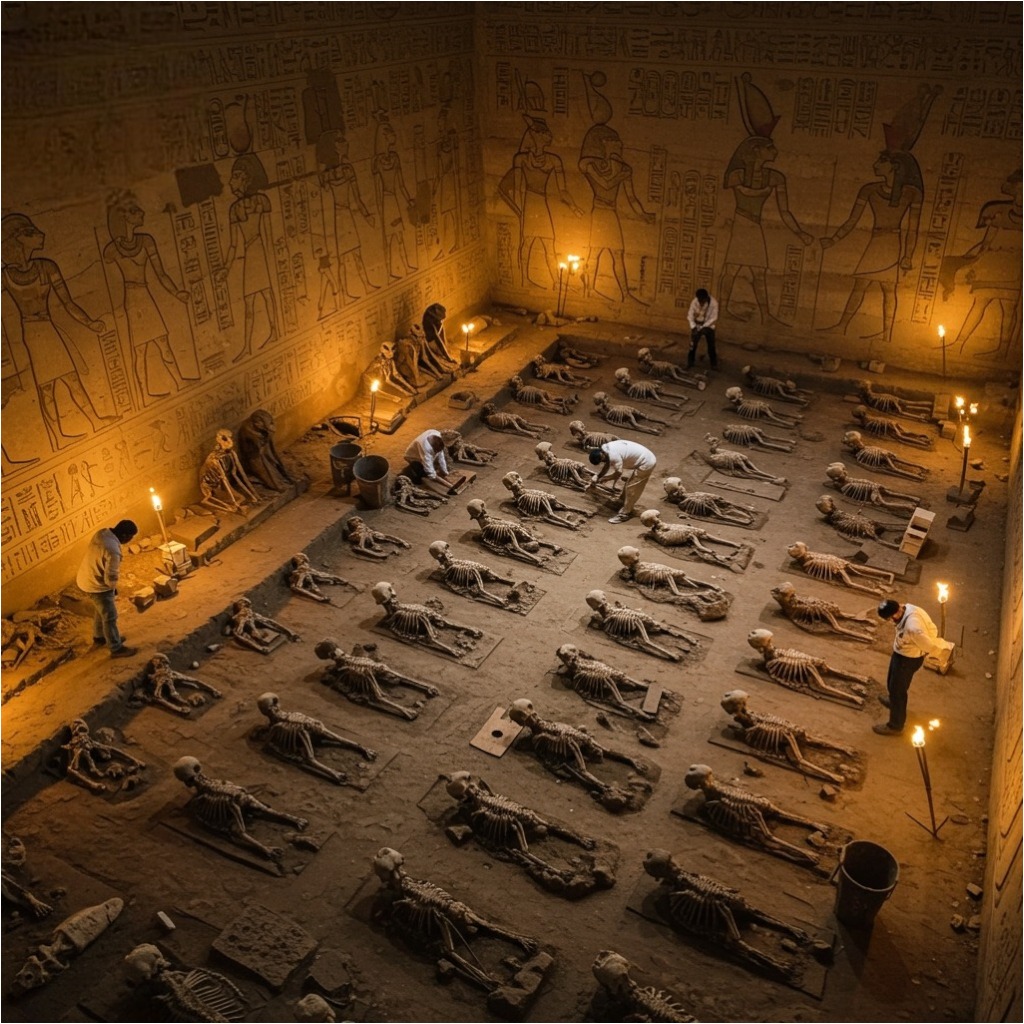


Leave a Reply